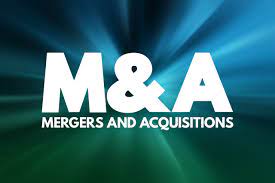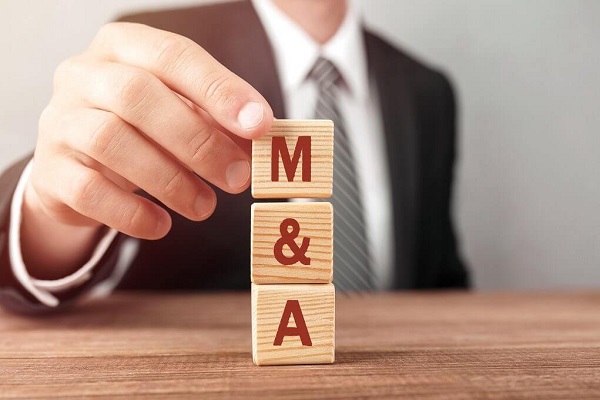08
Oct
Mergers and Acquisitions (M&A) transactions are driven by various strategic rationales and offer several potential benefits to the participating companies. Let's explore some common motivations and benefits behind M&A transactions: Synergy and Value Creation:One of the primary motivations for M&A is the potential to create synergies and enhance overall value. Synergies can be realized in different forms: Cost Synergies: Merging companies can achieve cost savings through economies of scale, consolidation of operations, elimination of duplicate functions, and procurement efficiencies. Revenue Synergies: M&A transactions can lead to increased revenue opportunities by leveraging cross-selling, accessing new markets or customer segments, or combining…



